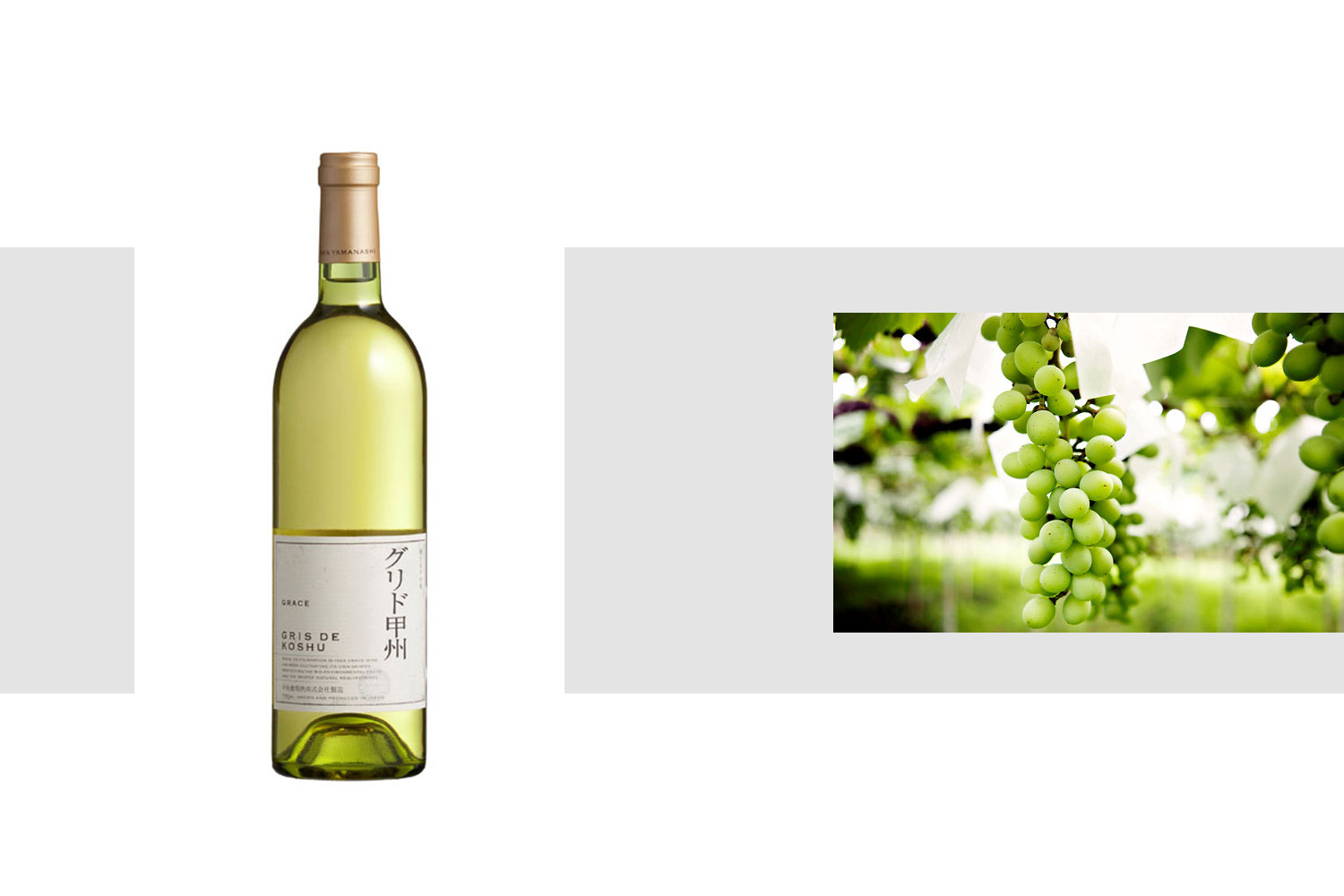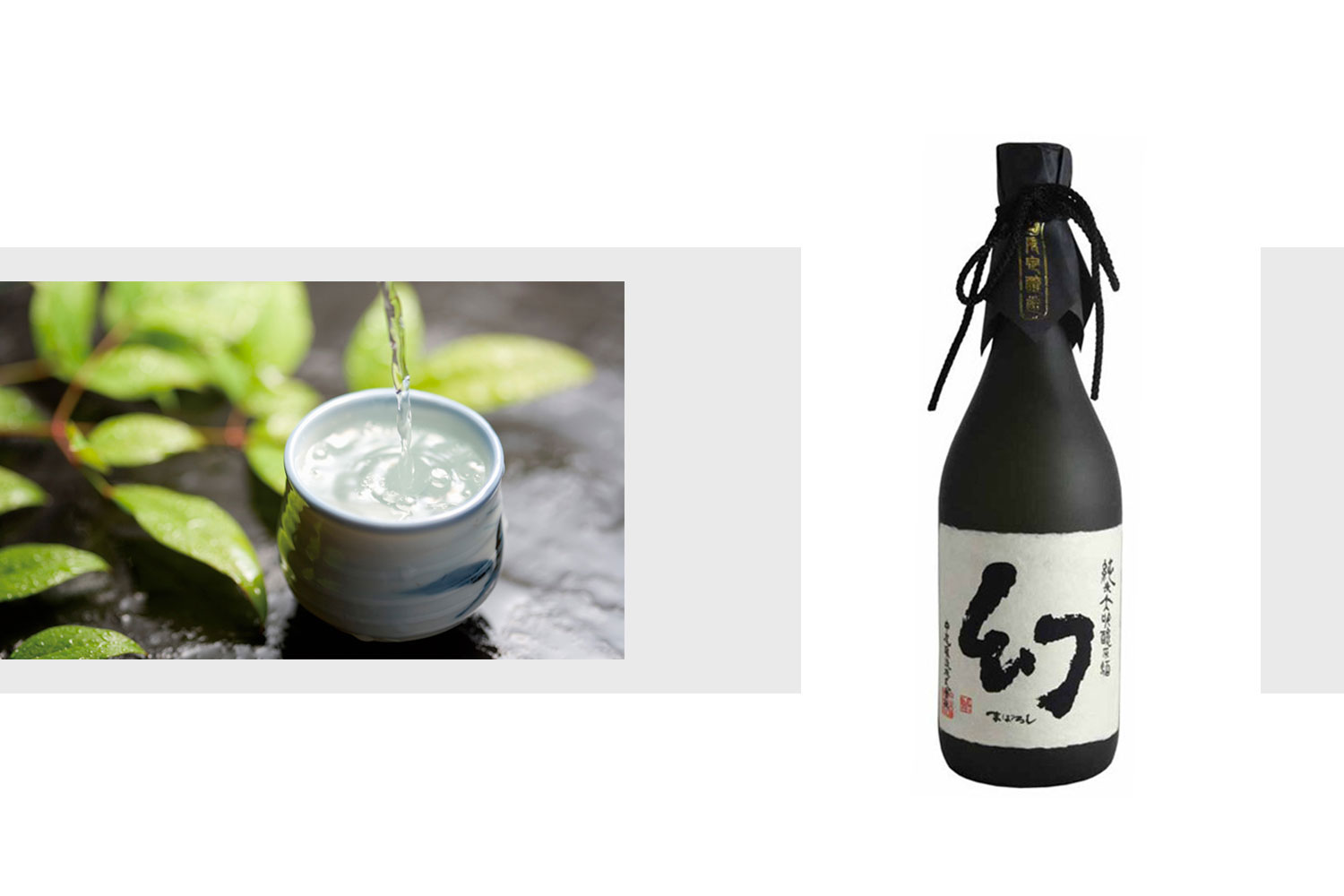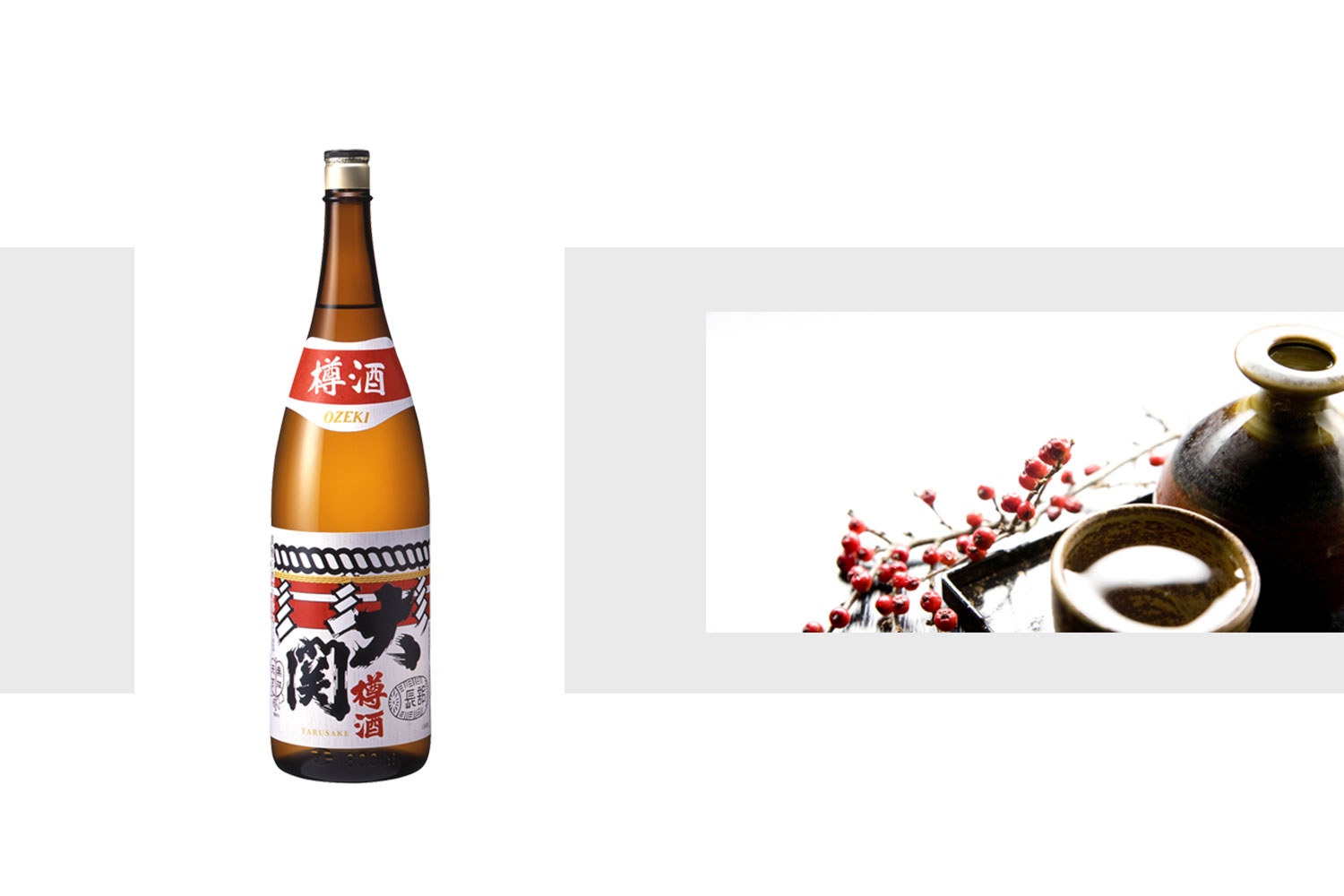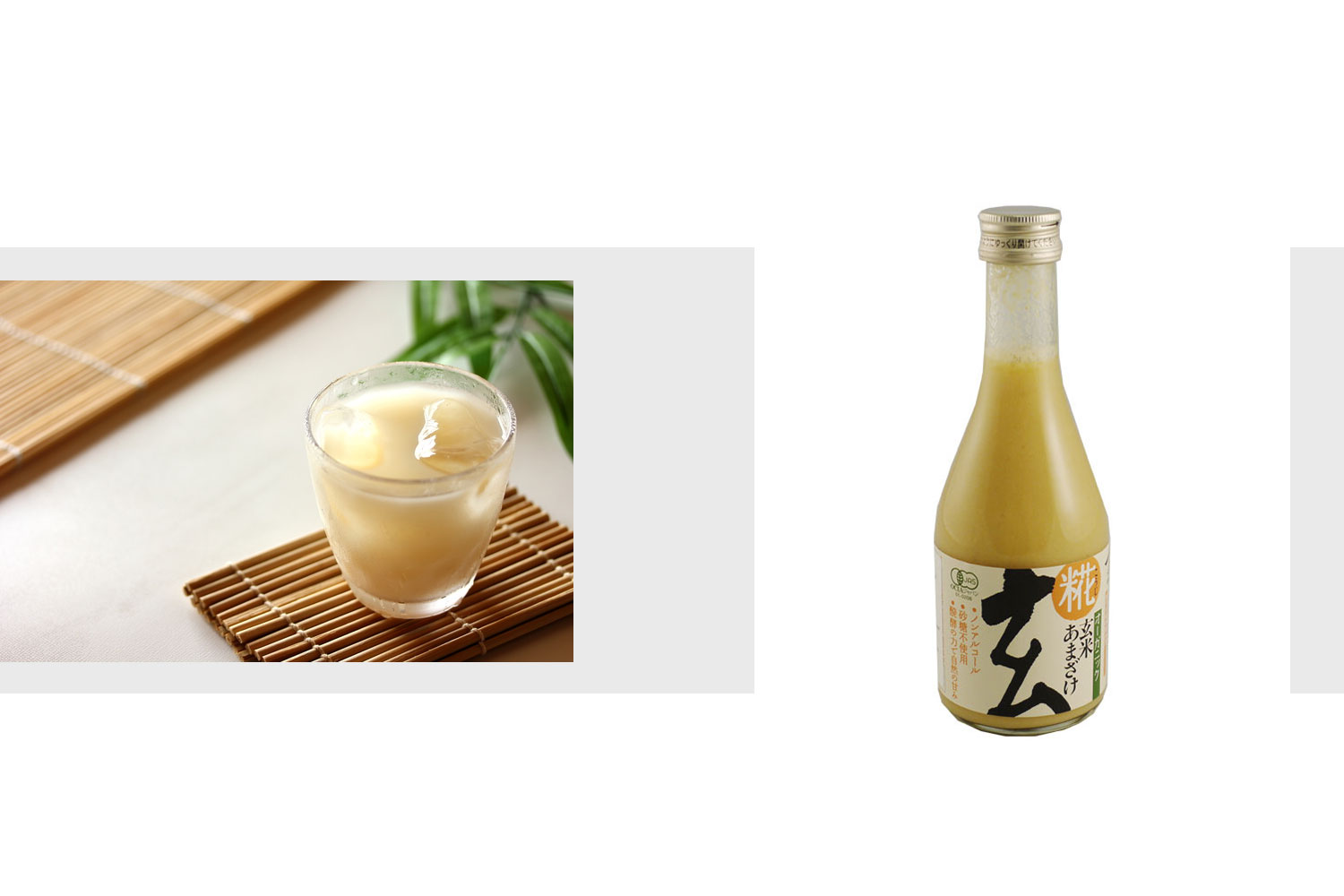Even more Types of Sake:
Last time, we went over the various types of sake based on the milling process. As they were the most
basic classifications of sake, it was a good place to begin figuring out what you want for yourself. This
time, however, I’ll go over more specific classifications of sake based on special characteristics or
manufacturing processes that you may come across.

Futsu-shu (普通酒):
Translated to ‘ordinary-sake’, this is the most common and sake found everywhere. Futsu-shu’s aroma can be noticeably weaker than specially designated sake mentioned in my previous post. Since each region of Japan may have their own methods of brewing sake, the characteristics of this type of sake can vary rather wildly.

Nigorizake (濁り酒):
Unlike most sake, nigorizake is unique because of its milky white appearance hence the name, ‘cloudy sake’. Sake is normally filtered through a fine mesh to remove the majority of the sediments resulting in a clear liquid. However, a rough and coarse mesh is used to filter nigorizake so some yeast and fine particles of rice remain. This results in sake that has a pronounced taste of rice.

Koshu (古酒):
Sake is normally not aged for very long. This makes koshu unique as it is allowed to age in storage for about three years, thus the name ‘aged sake’. Koshu normally has a colour ranging from yellow to amber and has a slight caramel aroma. The aging process also leaves a desirable bitterness that is not present in other sake which harmonizes with complex aromas and deep flavours.

Genshu (原酒):
With no water content added after production, genshu is the ‘undiluted sake’ that possesses higher alcohol content between 17%-20% and thus, a stronger taste.

Taruzake (樽酒):
Nowadays, sake is nearly all bottled in order to preserve the flavor of the sake and prevent changes during storage. But in the past, sake was stored in wooden casks made of Japanese cedar which gave the sake a distinct cedar aroma. Taruzake returns to these roots by storing sake in cedar casks, giving it the name ‘cask sake’.

Amazake (甘酒):
Another traditional type of sake is the ‘sweet sake’ that contains low or no alcohol content. This sake is said to be good for digestion or as a hangover cure. Since it can contain no alcohol, it is sometimes even served to children for a celebratory occasion.

One of the best things about sake is that there are so many different variations that you can continually experience something new. Who knows, maybe you’ll find a new favourite type of sake to enjoy!
Sake Types:
Part One
Cold or Warm Sake? Read More
How to warm up your Sake: Read More
Ti-1 Bottle Type: Details
References:
http://boutiquejapan.com/sake101/
http://www.gekkeikan-sake.com/Sake-101/Classification
http://www.nrib.go.jp/English/sake/pdf/guidesse01.pdf
http://www.japansake.or.jp/sake/english/sake-basics/type.html